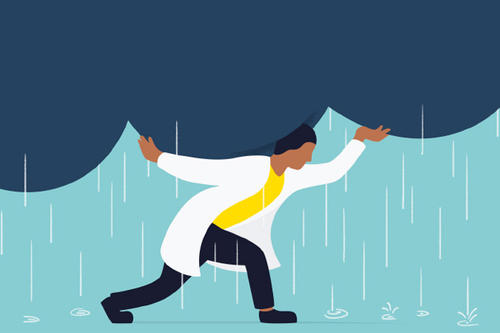
Medical students are more than three times more likely to die by suicide than similarly aged people in the general population are, according to the American Medical Association. How to relieve the stress of med school?
The University of Minnesota Medical School is revamping various structures to reduce physician burnout and improve wellness. “It’s about changing the culture,” says David Rothenberger, the new senior adviser for physician well-being.
So far, the Medical School has reduced first year instructional content by 15 to 20 percent, shifted grading to pass/fail, and cut three weeks from the academic year. Faculty now also get help replacing passive learning with active, evidence-based learning, which has more staying power in minds with a lot to learn. Other means include peer-to-peer counseling by second-year students, a salsa (dance) outing, student houses with tutors, and fast-tracking students to counseling appointments.
The response was immediate: In the first four months, 85 students used the new counseling service.
“I’ve heard older physicians scoff and say millennials just aren’t tough enough,” says Rothenberger. “Nonsense. Medicine is more stressful today than it’s ever been.”
One third-year student suffered academically and emotionally following his divorce and the death of his stepson last year. “I shared my own struggles with some classmates, and I’ve supported a couple others who’ve been through something similar,” he says. “There’s no stigma at all about asking for help. The direction the school is going is absolutely correct.”
- Categories:
- Health




